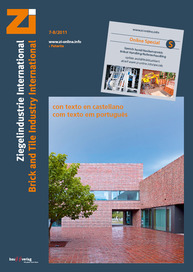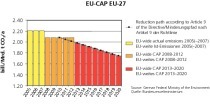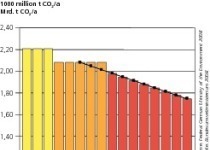Companies in the clay brick and tile industry classed as exposed to significant risk of carbon leakage
The Commission decision 2010/2 of 24 December 2009 defined the first carbon leakage list. Recital 16 of that decision foresaw a reassessment “as soon as possible for those sectors, like manufacture of bricks and roof tiles, for which data quality and availability was limited”.
As established in this recital, the Commission has reassessed the sector “bricks, tiles and construction products, in baked clay” (NACE code 2640) in 2010. This qualitative reassessment “demonstrated challenging market characteristics, such as growing trade, in particular increasing trend in imports from low-cost-manufacturing countries, increased international competitive pressure, a significant share of production in the European Union served by small- and medium-sized enterprises, and only modest profit margins for the years evaluated compared to the additional CO2 cost, which limit the capacity of installations to invest and reduce emissions”.
The Commission decision is now subject to the scrutiny of the Council and European Parliament for a period of three months before it can come into effect.




